CRN Exclusive: Intel Americas GM CJ Bruno Talks Partner Opportunities In Client Computing, Data Center And IoT

Bruno: Channel Can Dig Into IoT, Data Center, Small-Form-Factor Opportunities
Intel's hardware may be traditionally based in the PC market, but the Santa Clara, Calif.-based company has been also making advancements in new segments -- including new technology relating to the Internet of Things, memory and data center.
Partners are eyeing these new opportunities at the company's Intel Solutions Summit this week in Orlando.
Intel Americas General Manager CJ Bruno talked to CRN about what opportunities these new segments hold for Intel's Technology Provider partners, from tapping into Intel's new performance -- enhanced 3D NAND products and 3D Crosspoint technology, to looking for business applications for the Internet of Things. Following are excerpts from Bruno's discussion with CRN on these lucrative segments.

The idea of workplace transformation, and how that creates revenue opportunities for partners, is a big theme at this year's Intel Solutions Summit. Can you talk more about workplace transformation and how partners can monetize this concept?
Workplace transformation is a massive change we're seeing in the world -- it's not even in [just] our industry -- it's a worldwide phenomenon. Businesses are transforming before our very eyes. Workplaces continue to be very different than they were 18 or 20 months ago. Naturally devices are continuing to undergo breathtaking innovation.
No matter what element of transformation you're thinking about, we're seeing it in high gear today.
We'll explore the opportunities that are not only for Intel but for all our partners in the room. Compute is exploding, storage is exploding, and networking is exploding, and we have an awesome opportunity because of it. Those explosions are happening in reaction to those businesses transforming in front of our eyes.
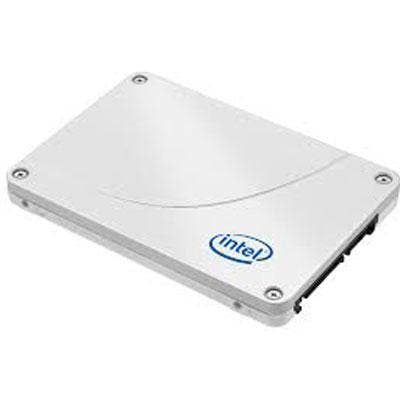
Intel's products go beyond its traditional desktop processor line to include anything from gateway development kits to SSDs. Describe the segment of Intel's partner community that is reaching beyond the traditional client computing hardware.
Some [partners] have done an awesome job getting involved in servicing and being a key ingredient supplier to the largest cloud service providers. You'd be amazed at companies that once … only sold small numbers of consumer PCs that are now vital providers of technology to the likes of Amazon, Apple and the big [cloud solution providers]. Not everyone in the room will do that, some do.
Other [partners] have the opportunity to work their way down that long tail of CSPs and provide differentiated capabilities -- not only compute, because the servers are critical, but the storage appliances and storage capability is No. 2 on the list right behind compute, and then No. 3 is networking capabilities.
What we're doing is helping our partner community use our standard building blocks to tackle those compute, storage and networking opportunities. ... In every one of these transformations, we see a chance for partners to grow their businesses.

What about the Internet of Things? What's the biggest message you have for channel partners looking to monetize this new and emerging space?
We're very maniacally focused [on] encouraging our partners at getting very specific -- not just in the vertical, and not just the solution focus area within the vertical -- but a specific use case, a business process that they'll apply technology ingredients to, from the edge to the cloud or from the edge to the data center, to make businesses more efficient or more customer-friendly. So it's vital that we give them the strong message that these recipes and solutions are important, because you have to start with a specific use case, in a factory floor, in a retail store, in a hospital or in a doctor's office.
If you get partners to think about every opportunity they look at, that will be a huge success. They want to leave the conference, go back to businesses and turn these opportunities into money. That's what we're trying to do with IoT [at ISS] -- partners will have a great opportunity to get some hands-on time with actual IoT solutions.

A year ago, Intel launched its Market Smart initiative to equip partners with content and training tools to grow their customer bases in vertical markets. Have you reached your goals with Market Smart in the channel?
We're off to a really solid start with the Market Smart effort. You remember we said we're going to dig in with education and retail first and quickly follow up with health-care initiatives, and that's exactly what we're doing.
What we've done is engage our partners in those vertical areas with their input to us. Now we have much better visibility to partners that are more retail savvy, and more education or health-care-focused. We've been pleased with the training reception -- the feedback we're getting is that those [partners] using the training, assets and content are selling more and selling richer configurations to their customers.
We've got just shy of 20 partners in North America now who actually qualified and got to the first level of certification as specialized partners, and we've got another 250 working their way through the training to get there.
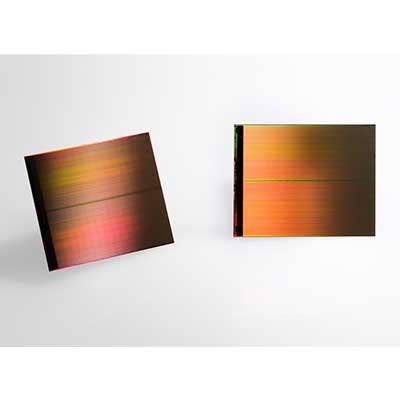
Intel's new breakthrough memory 3D XPoint technology is arriving soon on Optane solid state drives. What opportunities are there for partners, particularly those with a large high-performance computing focus?
We're very excited about the advancements in our memory technology that we announced last fall. We stood at [Intel Developer Forum] and told the world about our 3D NAND products and 3D Crosspoint technology that will fuel our Optane solid state drives. We will give the attendees an insight on the fact that those technologies are coming, and we'll encourage them to begin to transition their designs and customers from traditional SADA-based SSDs to PCIe-based SSDs [PCIe is a new way of adding the speed of an SSD to server and storage devices].
Not only do they get an enormous performance lift but the cool thing is PCIe puts partners in a perfect position, at the doorstep of 3D Crosspoint and Optane-based solid state drives. The transition will be very simple and straightforward for partners. ... We'll encourage partners to take advantage of the PCIe breakthrough performance enhancement and get ready for the arrival of Optane technologies later this year and early next year.

What's your message for ITP partners who are selling hardware, particularly as market research firms forecast that the PC market will continue to struggle in 2016?
What you'll see in the client end of the business is that breathtaking innovation continues. We're seeing form factor enhancements galore; 20 percent of consumer notebooks are now 2-in-1s -- we're seeing significant 2-in-1 uptake and significant small-form-factor desktop uptake, while the NUC [next-unit computing] form factors and All in Ones are picking up.
All of these are the form factors that are selling. The PC market, as you've seen from the market watchers, is not forecast to be a positive growth this year, but all these innovative form factors are indeed growing in the midst of the overall category shrinking a bit.
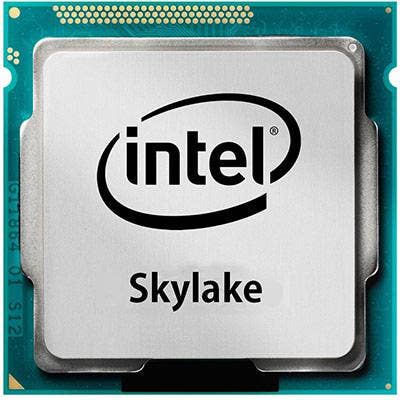
What about the Skylake-Windows 10 combination? How are Intel's sixth-generation processor and Microsoft's new operating system driving PC sales across the channel?
Our sixth-generation core processors with Windows 10 are the ingredients to unlock those form factors and make them provide an incredibly immersive experience for their users. And we'll illustrate … how awesome of an experience you'll have if we can convince people to get rid of those 4-, 5- or 6-year-old PCs in their office and home, and upgrade to one of these new sixth-generation Core Windows 10-based systems with new breathtaking form factors. All of these things are very immersive and powerful, with the experience they have in battery life, responsiveness, performance and the visual experience.
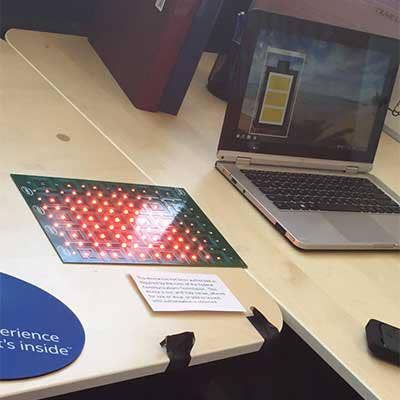
Between wireless display, wireless data transfer and wireless docking solutions, Intel is placing big bets on business transformation leading to an increasingly wire-free environment. How are partners playing into this vision?
We're on the path so that someday, devices won't even need wires, ever. We're working with the industry to get down to one, but we've already got wireless display, wireless data transfer and our wireless docking solution -- so you just need to be in the general vicinity of your keyboard, mouse and monitor, and your PC will connect to all of them.
This concept of workplace transformation is all about wire-free devices and efficiency. The best workforces want that kind of freedom and capability. We're seeing small, medium and large businesses working aggressively for wireless display in all conference rooms. That wireless element comes together and makes for efficient experiences in conference rooms alone.
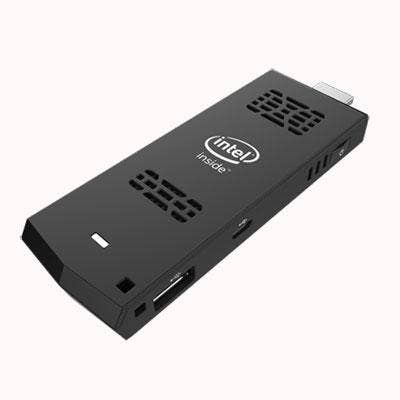
How are small form factors, such as the [Next Unit Computing] NUC and Compute Stick, doing in the channel?
We've got the Compute Stick in the hands of 1,500 different channel partners as we speak, and now the fun is only beginning.
The capability of making a non-smart device smart is only really beginning to blossom. There are lots of cool applications being developed where we're using that module to make a display now smart and connected. It's still early, but we're seeing very channel-esque creativity to get those up and running in a unique way.
The enthusiast small-form-factor NUC is really getting early reaction from customers as positive. The enthusiast segment is defying gravity. While most desktop PC sales aren't growing, enthusiast systems certainly are. That small-form-factor enthusiast NUC will help fuel more channel growth in the enthusiast space.